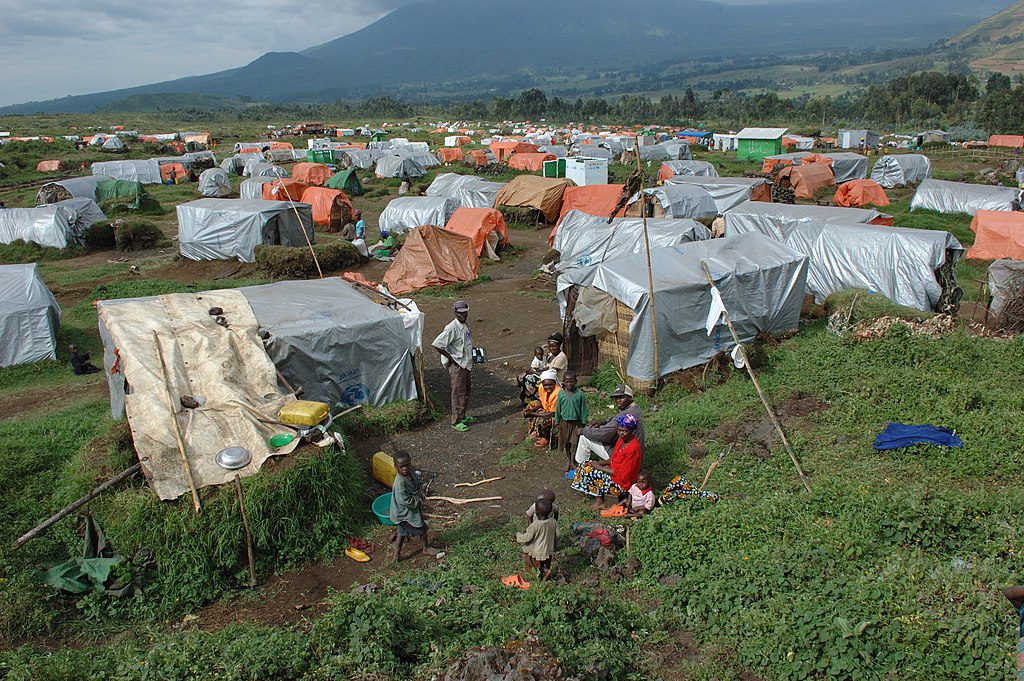How Do We Define a Migrant?
Before we get into why people migrate, let’s first discuss who we’re talking about. There were 244 million migrants internationally in 2018, accounting for 3.3% of global population. Since the year 2000, the total number of international migrants has increased by 85 million (49%). The International Organization for Migration (IOM) defines a migrant as, “A person who moves away from their place of usual residence, whether within a country or across an international border, temporarily or permanently, and for a variety of reasons.” So in layman’s terms, a migrant is a person who moves their home from one place to another.
What are Push/Pull Factors?
Quantitative migration data is difficult to gather, and determining the specific push/pull factors that influence an individual’s decision to migrate proves even more challenging. Push factors are reasons people want to leave their country and pull factors are reasons people want to come into a country.
Four Most Common Types of Migration
To gather a broader understanding of the distinct causes of migration, we will examine the four most common types of migration, as categorized by IOM. It is important to note, that when examining an individual’s migration story, the specific cause of migration could fall under multiple wide-ranging IOM categories. For example, both the “forced migration/displacement” category and “environmental migration” category can include migration due to a natural disaster.
1. Labor Migration – 164 million (2017)
Labor migration is defined as, “The movement of persons from one State to another, or within their own country of residence, for the purpose of employment.”
- There were an estimated 164 million migrant workers globally in 2017, making up 59% of the world’s international migration population. This number includes migrants that move internally within a country’s borders, move from rural areas to urban centers, and move externally across national borders. These migration patterns can be attributed to economic inequalities, desire for employment, or both. Economic, political, and environmental factors all play a role in the push/pull factors of labor migration.
2. Forced Migration or Displacement – 70.8 million (2018)
Forced migration or displacement is defined as, “The movement of persons who have been forced or obliged to flee or to leave their homes or places of habitual residence, in particular as a result of or in order to avoid the effects of armed conflict, situations of generalized violence, violations of human rights or natural or human-made disasters.”
- Of the 70.8 million people forcibly displaced, 41.3 million (58%) were internally displaced. The remaining 25.9 million refugees and 3.5 million asylum-seekers (42%) were externally displaced. Over the past 10 years, the number of forcibly displaced people both within countries and across borders has grown by over 50%. Today, 1 out of every 108 people is displaced.
3. Human Trafficking and Modern Slavery – 25 million (2016)
Human trafficking and modern slavery are defined as, “The action or practice of illegally transporting people from one country or area to another, typically for the purposes of forced labor or sexual exploitation.”
- Of the 25 million victims of forced labor, 5 million are estimated to have crossed an international border. High quality quantitative data is difficult to attain due to the context of the victims of human trafficking and modern slavery.
4. Environmental Migration – 17.2 million (2018)
Environmental migration is defined as, “Persons or groups of persons who, predominantly for reasons of sudden or progressive changes in the environment that adversely affect their lives or living conditions, are obliged to leave their habitual homes, or choose to do so, either temporarily or permanently, and who move within their country or abroad.”
- 17.2 million people across 144 countries and territories were newly displaced due to environmental disasters. The majority of these migrants were displaced within the context of their own country, with a very small number forced to move abroad.
Image credits: Refugee Camp by Julien Harneis is licensed under CC BY-SA 2.0





